Hexagonal Tungsten Trioxide Applied for Near-infrared Shielding Material
- Details
- Category: Smart Glass
- Published on Wednesday, 11 March 2020 20:57
- Written by Yahong
- Hits: 2511
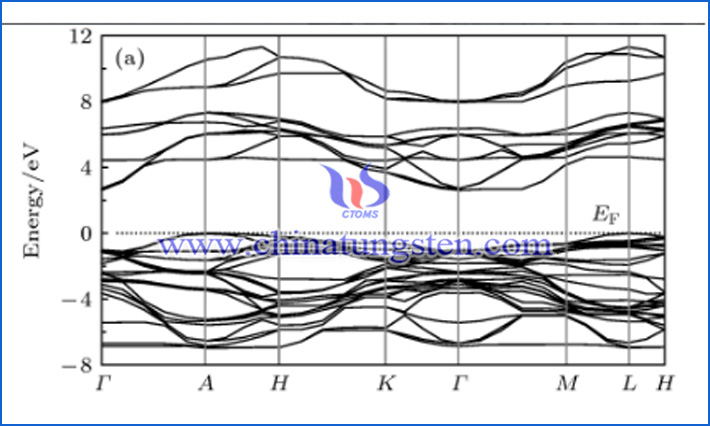
Hexagonal tungsten trioxide is an important functional material for preparing near-infrared shielding material such as heat insulation film and heat insulation coating. With the popularization and application of these transparent near-infrared shielding materials, there are more research on the hexagonal tungsten trioxide. It has been reported that a new form of tungsten trioxide could be obtained by dehydration of WO3·13H2O hydrate.
Hexagonal Tungsten Trioxide Applied for Transparent Thermal Insulation Material
- Details
- Category: Smart Glass
- Published on Wednesday, 11 March 2020 20:55
- Written by Yahong
- Hits: 2531
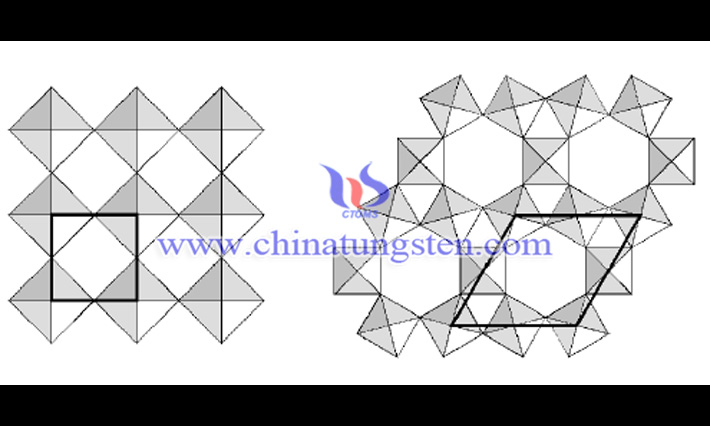
Hexagonal tungsten trioxide is important for preparing transparent thermal insulation material such as WO3 film and WO3 coating. Also, it is a significant anodic material of Li-ion batteries. So, WO3 is more and more well-known. Well, do you know how to prepare hexagonal tungsten trioxide? Some researchers have successfully prepared single-crystal nanowires of hexagonal tungsten trioxide (h-WO3) in a large scale by a simple hydrothermal method without any templates and catalysts. The prepared h-WO3 nanowires are uniform with diameter of 25–50 nm and length of up to several micrometers.
Near-infrared Shielding Material: Tungsten Oxide Film
- Details
- Category: Smart Glass
- Published on Wednesday, 11 March 2020 20:20
- Written by Yahong
- Hits: 2567
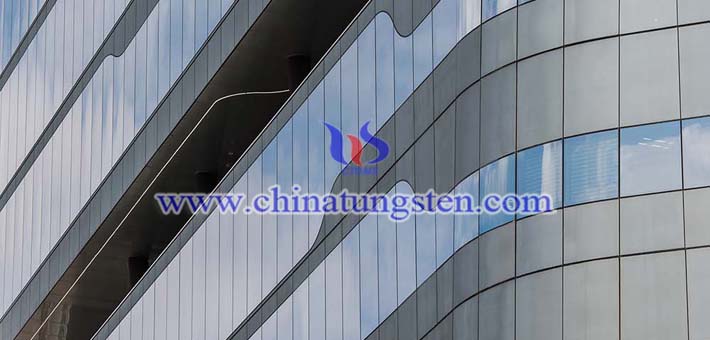
As a near-infrared shielding material, tungsten oxide film is more and more well known, and tungsten oxide has therefore attracted much attention from scholars and researchers. According to the experts, the valence of tungsten in this tungsten oxide film includes W6+ and W5+.
Near Infrared Absorbing Material: Cesium Tungsten Bronze, CsxWO3
- Details
- Category: Smart Glass
- Published on Wednesday, 11 March 2020 20:19
- Written by Yahong
- Hits: 2481
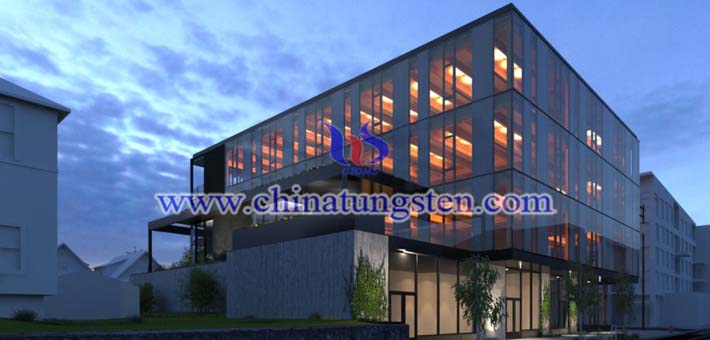
Cesium tungsten bronze, or CsxWO3, is a well-known near infrared absorbing material having excellent visible light transmission and near-infrared shielding properties, which stands out from near-infrared absorbing materials such as ATO, ITO, rare earth hexaboride, TiN, and VO2. But do you know why cesium tungsten bronze is the most popular near-infrared absorbing material?
Cesium Tungsten Bronze Applied for Transparent Heat Insulation Window
- Details
- Category: Smart Glass
- Published on Wednesday, 11 March 2020 20:18
- Written by Yahong
- Hits: 2438

Cesium tungsten bronze, or CsxWO3, is often used to prepare near-infrared absorbing materials such as transparent heat-insulating film and transparent heat-insulating coating. And these near-infrared absorbing materials are often applied to produce transparent heat insulation window to reduce energy consumption for air-conditioning refrigeration. To date, researchers have developed antimony-doped tin oxide (ATO), indium-doped tin oxide (ITO), rare earth hexaboride (ReB6), titanium nitride (TiN), vanadium dioxide (VO2), tungsten bronze compounds with the formula of MxWO3 (M = Tl, Na, K, Rb, Cs; 0 <x≤0.33) and other near-infrared absorbing materials.
Cesium Tungsten Bronze: Transparent Heat Insulation Material
- Details
- Category: Smart Glass
- Published on Wednesday, 11 March 2020 20:16
- Written by Yahong
- Hits: 2502
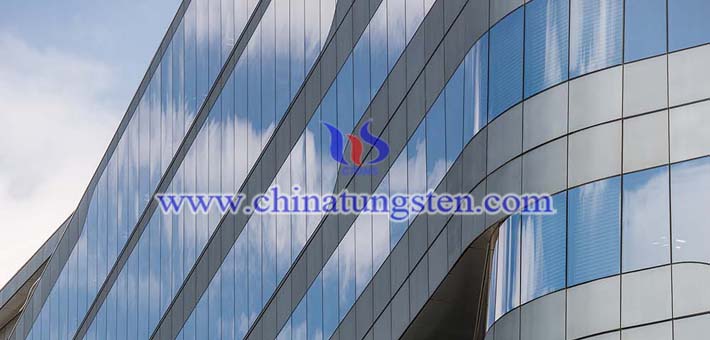
Cesium tungsten bronze, or CsxWO3, is often used to produce transparent heat insulation material for applying to building or automotive glasses to obtain energy-saving windows, thereby reducing energy consumption. As energy saving and emission reduction have become the theme of today's social development, it is particularly important to study on new types of transparent heat insulation material for energy saving windows. For example, solve the problem - how to prepare CsxWO3 nano powder efficiently and cost-effectively?
Cs Doped Tungsten Bronze Applied for Near Infrared Light Shielding Film
- Details
- Category: Smart Glass
- Published on Tuesday, 10 March 2020 19:53
- Written by Yahong
- Hits: 2562
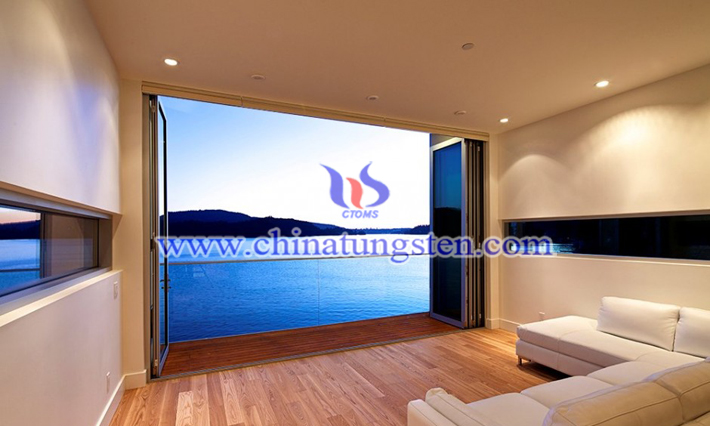
Cs doped tungsten bronze may be prepared into a near infrared light shielding film, which contains fine particles for absorbing infrared light. You know, windows of buildings and vehicles have been constituted with transparent glass plates or resin plates so that sunlight can be transmitted. However, the sunlight contains ultraviolet light and near infrared light in addition to visible light. Near infrared light having wavelengths of 780 to 2,100 nm is called heat rays and causes elevation of the temperature at the inside when the light is transmitted through the windows of buildings and vehicles.
CsxWO3 Applied for Near Infrared Light Shielding Film
- Details
- Category: Smart Glass
- Published on Tuesday, 10 March 2020 19:51
- Written by Yahong
- Hits: 2494
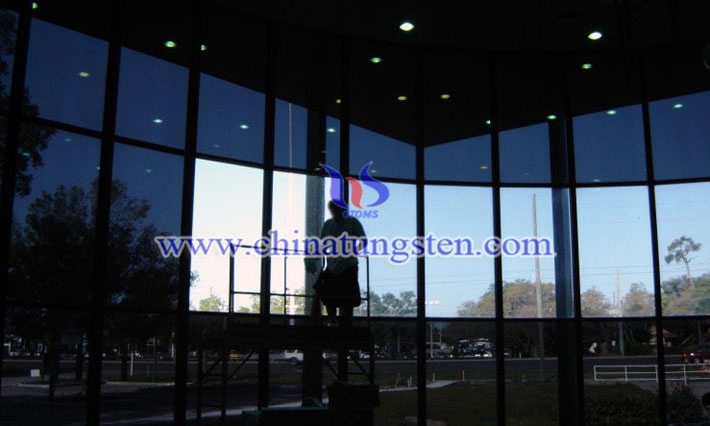
CsxWO3, or cesium tungsten bronze, can be used to produce a new environmentally friendly near infrared light shielding film. According to the experts, with the promotion of CsxWO3 in the application of heat insulation, the preparation of cesium tungsten bronze has received more and more attention. Well, how to prepare cesium tungsten bronze nanoparticles?
Cesium Tungsten Bronze Applied for Smart Film
- Details
- Category: Smart Glass
- Published on Tuesday, 10 March 2020 19:50
- Written by Yahong
- Hits: 2547

Cesium tungsten bronze such as Cs0.33WO3 nano particles may be used to prepare a smart film to effectively shield near-infrared heat radiation and adjust the visible light transmittance. It has been reported that this new type of smart film has a wide range of applications in the field of building energy saving because it can selectively regulate (shield) the energy of sunlight.
Cesium Tungsten Bronze Applied for Near Infrared Light Shielding Film
- Details
- Category: Smart Glass
- Published on Tuesday, 10 March 2020 19:48
- Written by Yahong
- Hits: 1301

Cesium tungsten bronze, such as Cs0.33WO3, is the most important functional material for producing near infrared light shielding film. And such a transparent thin film is advantageously used for attaching to window panes of buildings and windshield glasses of automobiles and, in particular, to windshield glasses of automobiles, because the Cs0.33WO3 nano particles can shield most of the heat rays (near infrared light having wavelengths of 780 to 2,100 nm) that causes elevation of the temperature at the inside when the light is transmitted through the open portions.




 sales@chinatungsten.com
sales@chinatungsten.com